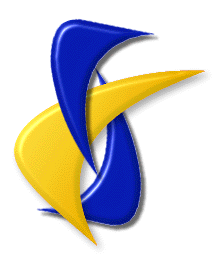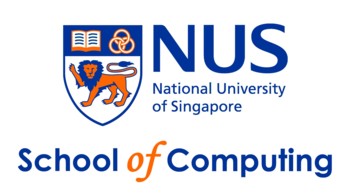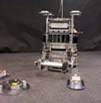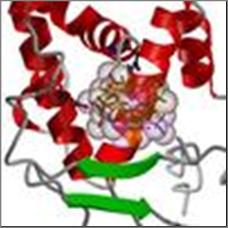
CS5247
Motion Planning and Applications
Robots, Digital Actors, and Molecules

 |
CS5247
|
 |
Overview | Organization | Schedule | Collaboration | Resources | Projects
| Announcement |
| Course discussion forums are located on IVLE. |
| Overview & Invitation |
 |
 Honda |
 |
 PARC |
 |
|
With the rapid advances in technology, computational methods are used increasingly to understand and interact with the physical world. Many of these challenging problems require understanding the geometric relationships among physical objects:
This course presents a coherent computational framework for addressing this type of questions. The foundation of the framework and the state-of-the-art algorithms are illustrated in the context of several important applications, including robotics, computational biology, and computer animation. The course covers both classic results and, selectively, advances from recent research. This course will benefit students who work in the above mentioned and related areas and who may come from different backgrounds (computer science, mechanical engineering, electrical engineering, etc.). It provides tools for solving a class of practical and challenging geometric problems. Students will do a course project of their choice to gain working knowledge of the topics covered. There will be no exams! Prerequisites: The course is self-contained. However, students are expected to have basic knowledge in algorithms, linear algebra, probability theory, and sufficient programming experiences. Prior knowledge in computational geometry and computer graphics are helpful, but not essential. Look forward to seeing you in the class! |
|
|
| Course Organization |
|
David
Hsu (office: S15 #05-15) |
|
see IVLE |
|
TBA or by appointment E-mail: cs5247@comp.nus.edu.sg E-mail sent to other addresses may not get a timely response!! |
|
Wed 6:30-8:30pm, S16 #03-07 (Seminar Room 1) |
|
see IVLE |
|
There is no required textbook for this course. Two reference books
have been placed in the RBR section of Science Library to supplement
the lecture slides.
|
|
To complete the course successfully, a student will
The
percentage weight is only a guideline and is subject to small
adjustment.
|
|
In general, 10% penalty of the grade each day for up to three days.
After three days, no late submissions are accepted,
unless you have a justifiable reason and make arrangement with me in
advance. |
|
|
IMPORTANT! |
|
|
|
| Resources |
Reading & Writing
Digital Libraries
|
Acknowledgement: The development of this
course has greatly benefited from Prof.
Jean-Claude Latombe's course CS326A at Stanford University.
Last updated: Mon Jul 31 16:58:31 SGT 2006